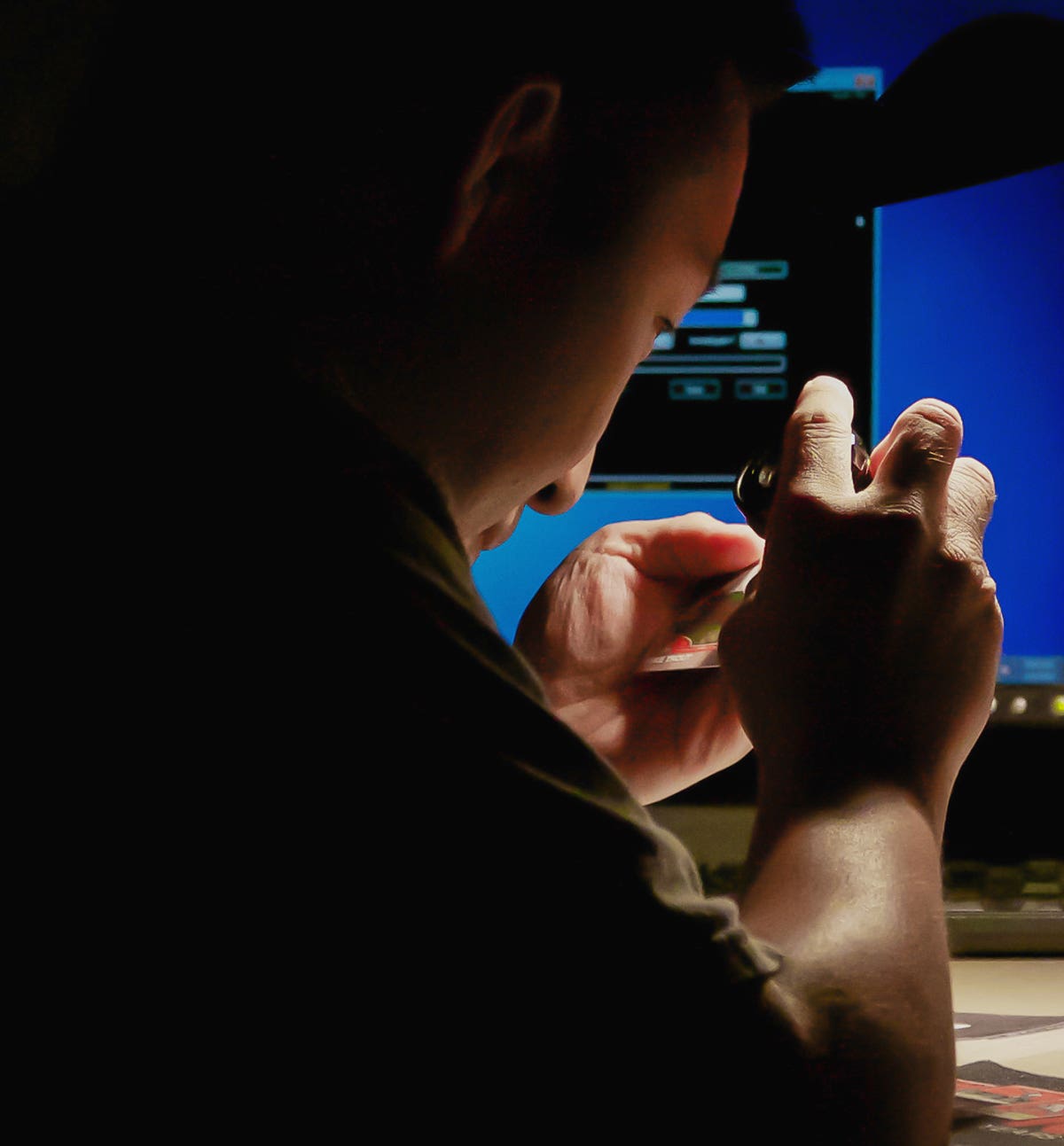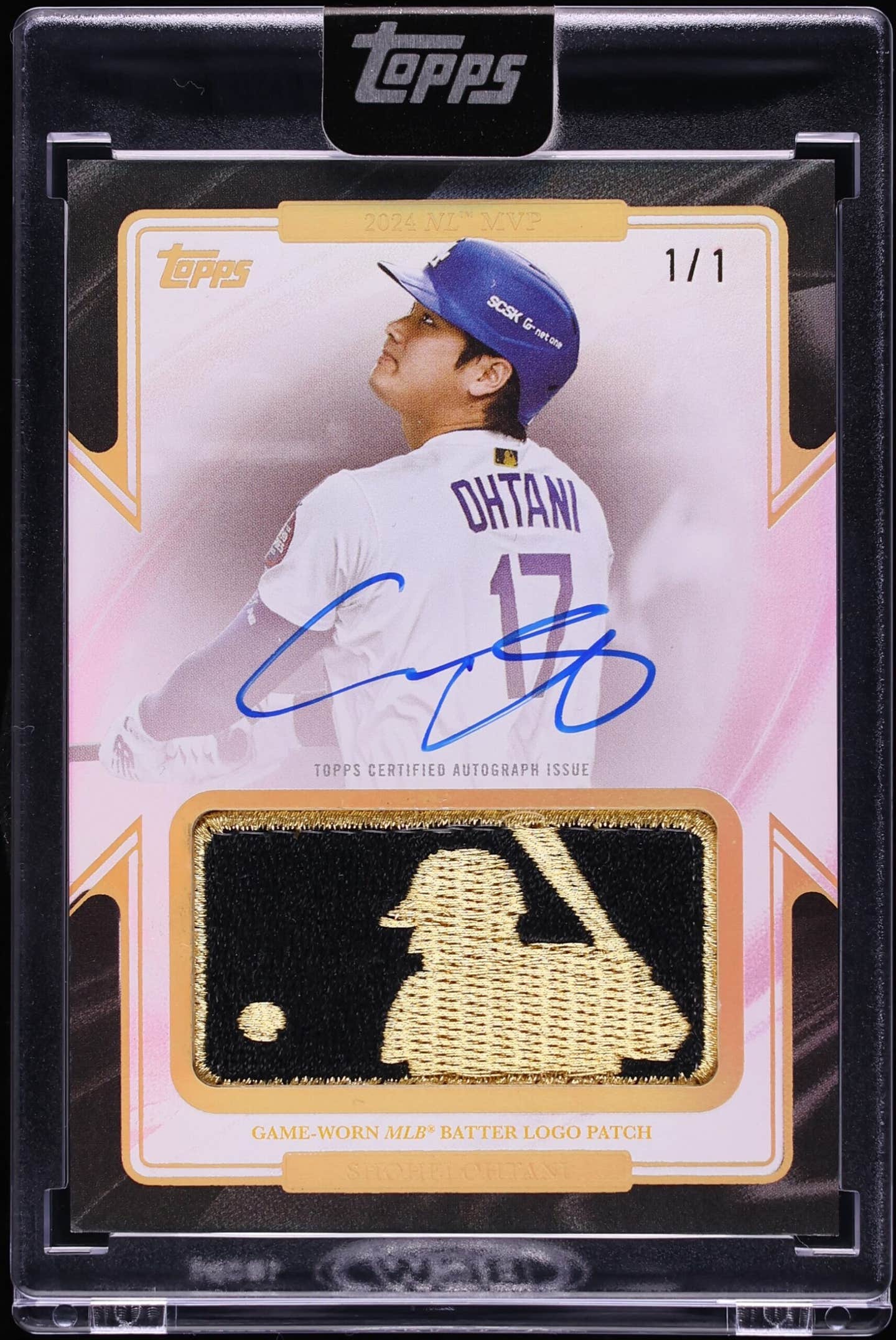News
Pete Maravich trading cards keep his basketball legacy alive
Feelin’ the vibe. Workin’ the room. Jazz music legend Charlie Parker, a 1930s-50s saxophonist, bandleader and composer, did it all while being a tremendous improviser.
No surprise Parker had a great deal to do with a classic jazz style known for improvisation, a brisk pace and rapid chord changes: bebop. Some also called it rebop or just bop. Whatever you named that genre, it bounced.
Among college and pro basketball superstars who worked the hardwood while blending incredible improv skills, a fast-paced tempo and quick court changes, especially while colorfully dribbling, passing and shooting the ball, the name Pete Maravich hits the right notes for many hoops fans.
The fact that “Pistol” Pete played several of his NBA seasons in the 1970s with the Jazz (both in New Orleans and later Utah) fuses the comparison even more. Some might say what Parker was to bebop Maravich was to basketball.
Maravich, originally from the Pittsburgh area, took to basketball very young, strongly encouraged by his dad, aptly nicknamed Press, a hoops coach for both high school and college.
Mainly a head coach at Clemson and NC State from the mid-50s to the mid-60s, Press shifted to Louisiana State University starting in 1966. At LSU, his hoops-hound son, Pete, basically given an ultimatum by his dad to attend LSU, played there for four seasons, the final three on the varsity, since freshman could only play on the junior varsity.
During his varsity years at LSU, the shooting guard, also known for wearing “floppy” socks in his early playing years, became the all-time leading scorer in NCAA Division I history with 3,667 points overall, averaging a “double take” worthy 44 points per game — and this was before the advent of the shot clock and three-pointers.
Some estimate that if Maravich had the three-point option, based on where he made many of his shots with LSU, his game average would have easily been over 50 points, with a few putting that number closer to 60. Insane figures either way. In March 2023 Antoine Davis, playing in his fifth and final year at Detroit Mercy, almost eclipsed Pistol Pete’s career NCAA D-I scorer’s mark, finishing with 3,664 points.
A 1970 first-round draft pick, Maravich, a Pennsylvania-native, began his NBA career with the Atlanta Hawks. After a few seasons passing the ball behind his back, between his legs, between his opponent’s legs and making several baskets in sometimes acrobatic fashion, Atlanta traded Maravich to the Jazz, where he had some good seasons doing more of the same. Health issues, especially knee problems, however, began to take their toll.
Maravich holstered his 10-year pro career after playing the 1979-80 campaign for the Utah Jazz, getting released, and then getting picked up on waivers by the Boston Celtics. A handful of years after the flashy guard’s retirement, he became one of the youngest players ever enshrined into the Naismith Memorial Basketball Hall of Fame.
“I have been a fan of Maravich since I can remember,” said Frank Rodriguez, one of the top-ranked collectors of the guard’s trading cards on the PSA Set Registry. “He is one of the greatest college players of all time and helped bring style and flamboyance to the NBA.”
Rodriguez characterized Maravich as one of the league’s initial true superstars, saying,
“He was Magic [Johnson] and Michael [Jordan] before there was Magic and Michael.”
In one of the first mainstream basketball sets of the modern era, Maravich’s rookie card appeared in the 1970-71 Topps issue.
“I have had his rookie card for as long as I can remember, so it has to be my favorite,” Rodriguez said. “By today’s [design] standards, it’s so simple, which probably helps make it so iconic.”
A STAR COLLECTION IS BORN
When Maravich first appeared in the pros in 1970, collector Joe Marovich was born that year. In 2017, after talking with a co-worker about his own collection, Marovich began to pursue Maravich cards.
“It is here the quest starts and I buy three 1970 Maravich rookie cards in PSA 7, one for me, and one for each son,” Marovich said. “As I became aware of the PSA Registries for Maravich, an itch developed that I needed to scratch.”
That “itch” has spread to high-ranking slots on the PSA Set Registry.
Among the other Maravich items that Marovich enjoys the most include the 1971 Mattel Instant Replay record, the 1972 Comspec issue (which “borrowed” its image from the 1972 Topps offering) and the 1978 Royal Crown Cola cards.
The collector said the relatively rare RC Cola cards share the same photo and player information but come in two distinct designs.
The smaller variation measures 3-by-6 with an open tab at the top, presumably to go on the neck of a bottle. The back includes an address to send the card with $6.99 to RC and receive a basketball. The blank-backed longer example comes in at 2 1/4-by-9 ½.
Recently a near set of 32 1978 RC Cola short-version cards, including Maravich, realized some $4,000 on eBay. Around the same time RC Cola had player images on some of their cans, with the star guard’s samples selling this year in the $25-$30 range.
“It’s amazing that his cards [in general] remain so popular in any grade,” Rodriguez said. “And they’re almost impossible to get in the highest grade.”
The veteran card collector sees a strong demand for Maravich cards in the coming years.
“I think his cards will stand the test of time, almost like a Mickey Mantle, although not as expensive,” he said.
Marovich believes the strength of Maravich’s legacy solidifies his widespread hobby longevity.
“There is so much content, from his ridiculous NCAA career scoring average, him being a pioneer for that style of play, his injuries, his NBA journey, early retirement, and then his tragic passing during a pickup basketball game at 40 years of age,” the collector said.
He added that if a readily accessible documentary of the superstar ever became available, “I think it will help introduce him to younger basketball fans and help keep his popularity at least where it is now.”
DARE TO COMPARE
While Maravich’s cardboard and other collectibles look for many to continuously spark high enthusiasm for the coming years, some speculate how the “Pistol” would have fared in today’s NBA. Several fans, as well as some of the players from his era and elsewhere, claim that with a relative de-emphasis of defensive play and a greater focus on three-pointers that the shooting guard would thrive today — and perhaps be even better than in his time.
So, the only thing that would flop would be his socks. Likely some savvy marketer would work the room in a sales meeting and “improvise” the idea that the floppy footwear could be made to appear cool — and look to sell pairs of them as a tie-in with a shoe endorsement deal with rebop, er, Reebok.
BUCKETS OF BIDS
Here are some recent eBay auction prices realized, rounded to the nearest dollar, on various Maravich cards. (All cards are Topps unless noted.)
1970 (PSA 8) $2,120-$2,500
1970 (EX-MT Raw) $515
1971 (PSA 9) $1,340
1971 (SGC 8) $255
1971 insert sticker with John Havlicek (PSA 8) $245
1972 (PSA 8) $400
1972 (SGC 8) $300
1972 Icee Bear (EX+ Raw) $75
1976 (PSA 9) $240-$290
1980 with Robinson and Jones (PSA 10) $443
1990 LSU Tigers Collegiate Collection (PSA 10) $50
1994-95 Action Packed embossed/relief, while highlighting floppy socks on the back (NM Raw) $3-$7
— Doug Koztoski is a frequent SCD contributor. He can be reached at dkoz3000@gmail.com.
You Also Might Like: NBA great Tim Hardaway talks autographs, cards and Run TMC








